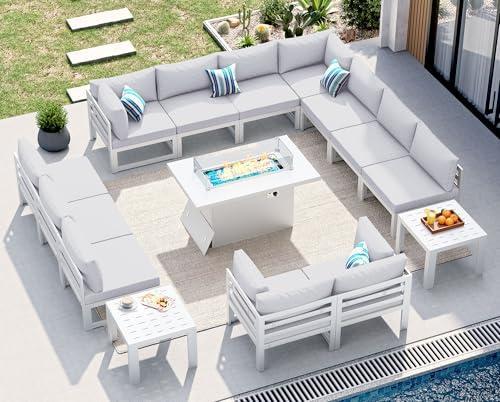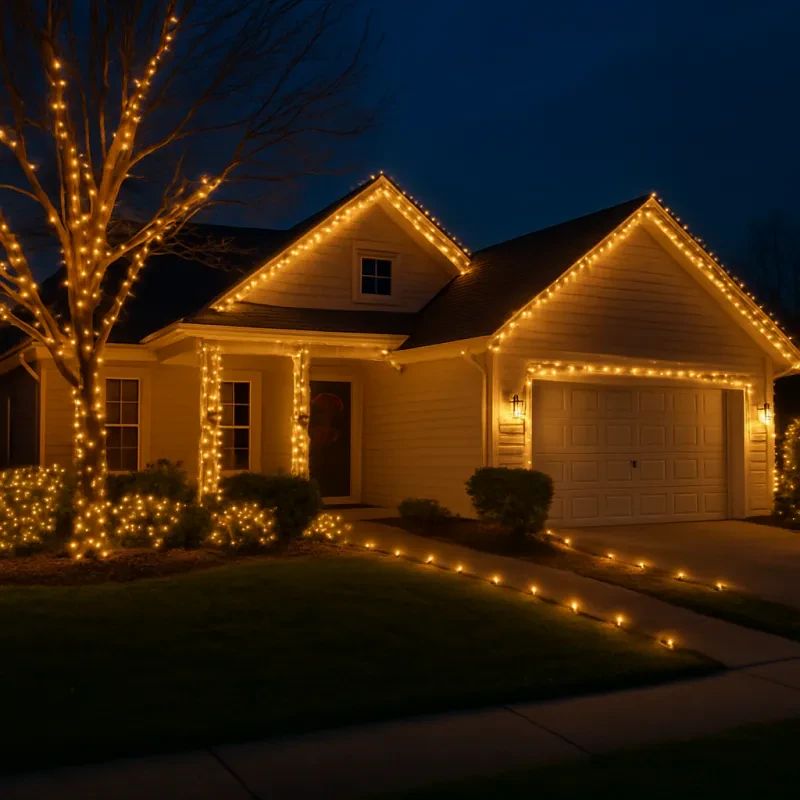Outdoor furniture can enhance your living space and make your yard or patio more enjoyable. However, weather can take a toll on your furniture, causing it to fade, rot, or become otherwise damaged. To protect your outdoor pieces, it’s essential to take a proactive approach and shield them from the elements throughout the year.
One effective way to safeguard your furniture is to cover it when it's not in use. Investing in high-quality outdoor furniture covers made from durable materials can provide a barrier against rain, snow, and UV rays. Ensure that the covers are breathable to prevent moisture build-up, which could lead to mold and mildew growth. Make it a habit to cover your furniture before predicted storms or extended periods of non-use.
Another preventive measure is to periodically apply protective products designed for outdoor furniture. For wooden pieces, a sealant or waterproofing treatment can help guard against moisture and UV damage. Metal furniture may require a rust-resistant spray, while plastic and resin pieces benefit from UV protectants. Regular maintenance and the application of these products can prolong the lifespan of your furniture significantly.
When possible, consider moving your furniture indoors during extreme weather, such as heavy rains, snowstorms, or intense heat waves. If your space constraints do not allow for this, try to position your furniture in a sheltered area, such as under a patio or canopy. Keeping your furniture away from direct exposure to harsh weather can make a considerable difference in its durability and appearance.
Lastly, regularly inspect your furniture for any signs of wear or damage. Spotting issues early allows you to fix them before they worsen. Repairing scratches, replacing screws, or tightening loose parts can go a long way in preserving your outdoor furniture’s condition, ensuring it remains a beautiful and functional part of your outdoor living space.
Best Cover Materials for Outdoor Furniture
When it comes to protecting your outdoor furniture, the choice of cover material plays a crucial role. Outdoor environments can be harsh, with sun, rain, and wind taking their toll on your beloved patio set. Therefore, selecting a durable and weather-resistant material is essential. Let's explore some of the best cover materials available to keep your outdoor furniture safe year-round.
1. Polyester is a popular choice for outdoor furniture covers due to its lightweight nature and impressive durability. High-quality polyester fabric often comes with a waterproof coating that helps shield against rain while also being resistant to fading from UV rays. Additionally, polyester covers are generally easy to clean and maintain, making them a convenient option for busy homeowners.
2. Vinyl is another excellent material for outdoor furniture covers. Known for its exceptional waterproof properties, vinyl provides excellent protection against rain and snow. It's a sturdy material that withstands wind and other environmental elements, making it ideal for areas with extreme weather conditions. However, it’s essential to ensure that the vinyl used is breathable to prevent moisture buildup underneath the cover.
3. Canvas is a classic choice for outdoor furniture covers. While it may not be as lightweight as polyester, high-quality canvas offers exceptional durability and breathability. This natural fabric provides excellent resistance to fading and can be treated for water resistance. Canvas covers can give your outdoor space a more elegant look while still providing the protection it needs.
Finally, consider covers made with fabric blends. These materials combine the best of different fabrics to create a product that is both durable and functional. Blends often incorporate features like water resistance, UV protection, and breathability. Be sure to check the specifications to ensure the blend meets your specific needs for protecting your outdoor furniture.
Seasonal Care Tips for Lasting Durability
Maintaining the beauty and durability of your outdoor furniture can be a simple task if you follow some seasonal care tips. Each season brings its own set of challenges, and addressing them can ensure your furniture remains in top condition for years to come. By taking a proactive approach, you can shield your outdoor investments from the elements.
In the spring, it's important to give your furniture a thorough cleaning after a long winter. Remove any dirt and debris with a gentle soap solution and a soft cloth. This is also a great time to check for any signs of wear or damage. If you notice any loose screws or scratches, take the time to repair them now. Applying a protective finish or sealant is also recommended to help guard against the coming summer heat and UV rays.
As summer arrives, the sun can be harsh on outdoor materials. To protect your furniture, consider using UV-resistant covers when they are not in use. Regularly dust and clean the surfaces to avoid buildup of pollen and dirt. For wooden furniture, applying a natural oil or wax can help preserve its color and luster while creating a barrier against moisture.
When autumn rolls around, prepare for falling leaves and cooler temperatures. A simple cover can protect against debris and keep your furniture clean. If you live in an area prone to rain, be prepared to store your cushions and textiles inside to prevent mold growth. Keep an eye on your furniture during this season and clean surfaces regularly to maintain their appearance.
Finally, winter requires the most attention. If possible, move your outdoor furniture to a sheltered area, like a garage or shed. For furniture that remains outside, invest in high-quality weatherproof covers to shield them from snow and ice. Periodically check the furniture throughout the winter to ensure it's holding up well, and wipe off any accumulation of moisture to prevent corrosion or rot.
Storage Solutions for Off-Season Protection
When it comes to protecting your outdoor furniture during the off-season, choosing the right storage solutions is key. First and foremost, you should assess your furniture pieces to determine their storage needs based on size and material. For example, lightweight resin chairs can easily be stacked and stored in a garage or shed, while heavier metal or wood furniture might require a dedicated storage unit or protective cover.
For those who have limited space, consider using outdoor storage benches or boxes. These versatile options not only provide a place to keep cushions and smaller items but can also serve as additional seating or a decorative element on your patio. Look for models that are weather-resistant to ensure your belongings stay dry and protected from the elements.
If space allows, using a weatherproof tarp is another effective storage solution. Simply cover your furniture with the tarp and secure it tightly. While this is an economical option, you should also consider investing in specialized outdoor furniture covers that fit snugly over each piece. These covers often come with fastening straps to keep them in place, preventing them from being blown away during strong winds.
Finally, remember to clean and dry your furniture before storing it away for the off-season. This not only prevents mold and mildew growth but also extends the life of your furniture. Taking a few extra steps to protect your outdoor pieces will ensure they remain in great condition, ready to impress whenever the warmer months return.


